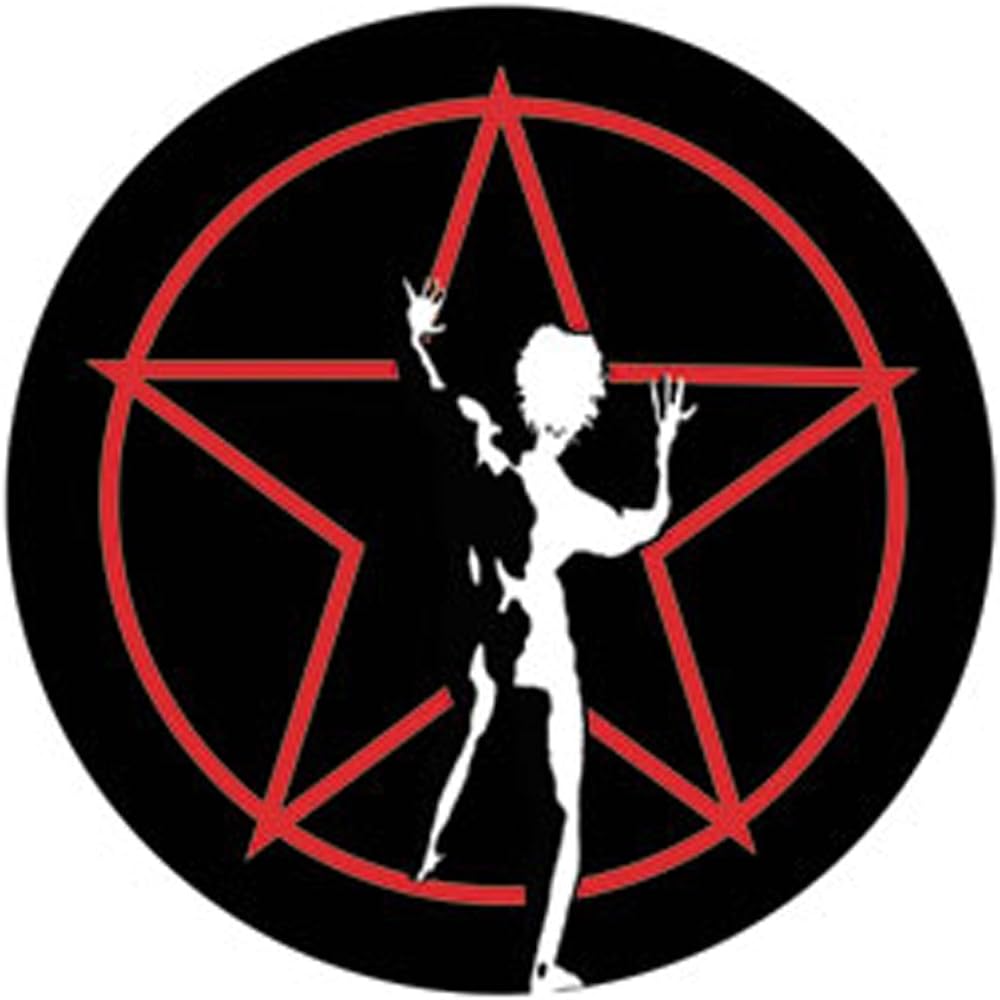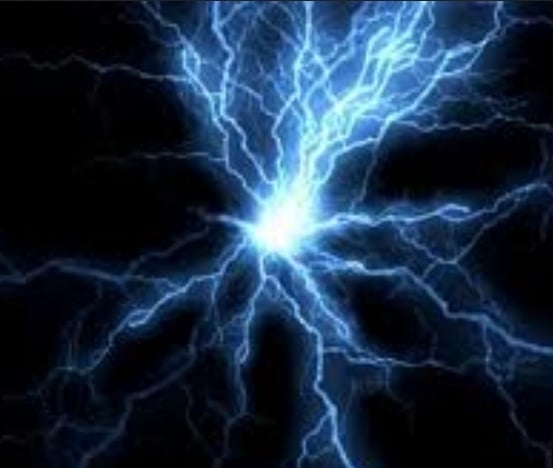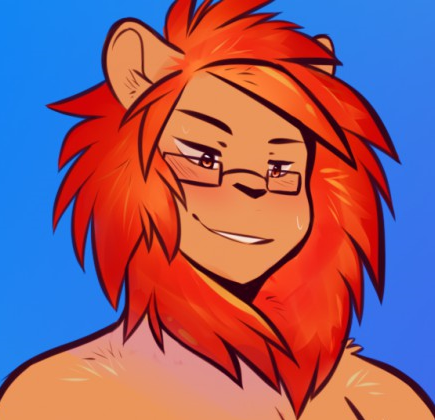Pfft, all dwarves are either Scottish or German. Just a fact.
Drow are Australian, on account of the land they come from
Nice :)
Dwarves are Scottish, goblins are German.
No, Germans are goblins, there’s a difference ;)
What are the french?
IMO - Racial/Ethnic/National Coding isn’t inherently wrong. But using that coding to push Stereotypes and oppressive mindsets is.
Rule of thumb, if you’re worried you will in some way cross that line, don’t do coding.
I played a furry porn game where otters spoke Tagalog and honestly, yeah that’s fine
I am curious.
I have my own language mappings in my homebrew. Most of them only appear as names since most people speak Common, but I did include some people in my game who don’t. (I make sure that they are some who speak a language that I speak too.) So the mappings are:
- Common - English. We’re playing in English, duh. (Before contact with Elves, humans spoke “proto-Common” which would be mapped to German if I had to use it. Many humans still have German names.)
- (High) Elvish - French. Yes, in-universe the Common language has plenty of Elvish influence. (Classical Elvish is Latin.)
- (Wood) Elvish - Greek. Most Wood Elves speak High Elvish, but their names are Greek and many of them still speak their own language as well. The continents and seas are often named in Ancient Wood-Elvish (i.e., classical Greek) because they used to be the primary explorers before the rise of the High Elves.
- Dwarvish - modern Dwarvish is Norwegian, old Dwarvish is Icelandic.
- Halfling - Frisian. (Fortunately I haven’t had to say anything in Halfling so far.)
- Gnomish - Welsh. (Again, fortunately I haven’t had to say anything in Gnomish yet.)
- Orc - Russian.
- Goblin - Mongolian.
- Tellurian (not a species, but an influential country) - Spanish. Many people alongside the Bay of Luria speak Tellurian as their native language instead of Common or their racial language.
- Sylvan - Finnish. (My go-to for weirder names as well. Many Fey-related creatures have Finnish names, as well as those who live near Fey portals.)
- Giant - Hungarian. (They feature a lot in Hungarian folk tales.)
- Draconic - Hindi.
- Hashiman (not a species, but a group of eight islands - though they are also the Kenku homeland so most Kenku speak this as their native language) - Japanese-ish. The language comes in two dialects, Hanego which is used primarily by Kenku but also Aaracokra, Owlin, Tortles, and other creatures with hard beaks that have difficulty pronouncing M and N, and Hadago which is used by the rest. They are identical in writing, differ mostly in pronouncing those sounds.
I thought Kenku couldn’t speak
That was pre-MotM, and also Forgotten Realms lore which holds no water in a homebrew setting.
Oh cool. I’m only really familiar with them from the 5e Monster Manual and Volo’s Guide to Monsters, I’ll have to check out Monsters of the Multiverse. Also this is probably a stupid question but what is Forgotten Realms lore?
The Forgotten Realms setting is the “default” D&D setting. Most published adventures take place in it, specifically a small part of it (planet: Toril, continent: Faerun, region: Sword Coast, the west coast of Faerun; this region has a number of famous cities like Waterdeep, Baldur’s Gate, Candlekeep, Neverwinter, etc…). The vast majority of lore that you can find in books like the Monster Manual specifically relate to this setting (Volo, Mordenkainen, Tasha, Xanathar, etc… all live there anyway). It also has many famous characters and deities (e.g. Corellon, Gruumsh, Moradin…), countries, cultures, even some languages. And it also includes things like the Kenku curse.
But of course if you’re running a homebrew setting like I do, you can feel free to cherry-pick it or just straight-up ignore it.
Why not just you Elvish for Elvish?
Because I don’t speak Quenya. (I wrote the signature of an Elvish character in Tengwar, but that’s about it.)
I just use different American accents, mostly because I’m American.
Also, because hillbilly gnomes are funny
Y’all be got by ‘time you realizin’ I been here
I ditched racial accents models in place of regional accents.








